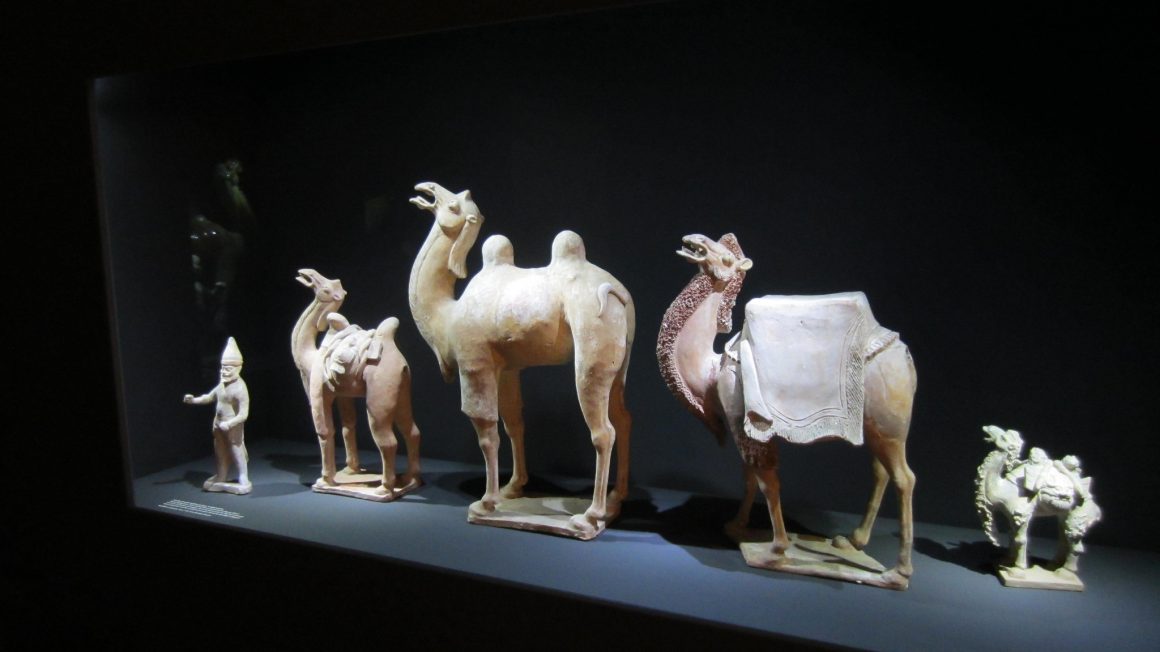The Tang Dynasty, which spanned from 618 to 907 CE, is widely regarded as one of the most significant and prosperous periods in Chinese history. Here are some reasons why the Tang Dynasty is considered important:
Political Stability and Expansion:
The Tang Dynasty achieved a remarkable degree of political stability, establishing a strong central government. Under the rule of the Tang emperors, the empire expanded its territory, encompassing large parts of modern-day China, as well as extending its influence into Central Asia and the Korean Peninsula. This expansion brought economic prosperity and cultural exchange.
Economic Prosperity and Trade:
The Tang Dynasty witnessed a flourishing economy and extensive trade networks. The dynasty implemented various economic reforms, including land redistribution, which increased agricultural productivity. The introduction of the “Equal-Field System” helped stabilize rural society and promote social harmony. The Grand Canal, an extensive waterway network, facilitated transportation and boosted trade between regions. This economic prosperity contributed to the dynasty’s stability and cultural development.
Cultural Golden Age:
The Tang Dynasty is often referred to as a “Golden Age” due to its remarkable achievements in art, literature, music, and technology. It fostered an environment conducive to cultural development, attracting scholars, artists, and intellectuals from all over Asia. Poetry flourished, with famous poets like Li Bai and Du Fu producing masterpieces. The era also witnessed advancements in printing techniques, leading to the mass production of books.
Cosmopolitan Society:
The Tang Dynasty was marked by a cosmopolitan and multicultural society. Its capital, Chang’an (present-day Xi’an), was a vibrant metropolis and one of the largest cities in the world at that time. The city was a melting pot of diverse cultures and religions, attracting merchants, diplomats, and travelers from various parts of Asia, including Persia, India, and Central Asia. This cultural exchange contributed to the enrichment of Chinese civilization.
Technological and Scientific Progress:
The Tang Dynasty made significant advancements in various fields of science and technology. Notable achievements include the development of gunpowder, the compass, and the mechanical clock. Tang engineers also constructed grand architectural projects such as the famous Buddhist cave temples at Dunhuang.
Empowerment of Women:
The Tang Dynasty saw relative empowerment of women compared to earlier periods in Chinese history. Tang women had more opportunities for education, and some even held positions of power. Empresses Wu Zetian and Empress Wei were influential figures who ruled as sovereigns in their own right, challenging gender norms of the time.
The Tang Dynasty’s achievements in politics, economy, culture, and technology left a lasting impact on Chinese civilization. Its influence extended beyond its borders, shaping the development of neighboring regions and leaving a profound legacy in East Asia. The dynasty’s stability, prosperity, and cultural richness make it an important era in Chinese history.

